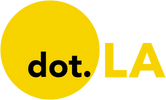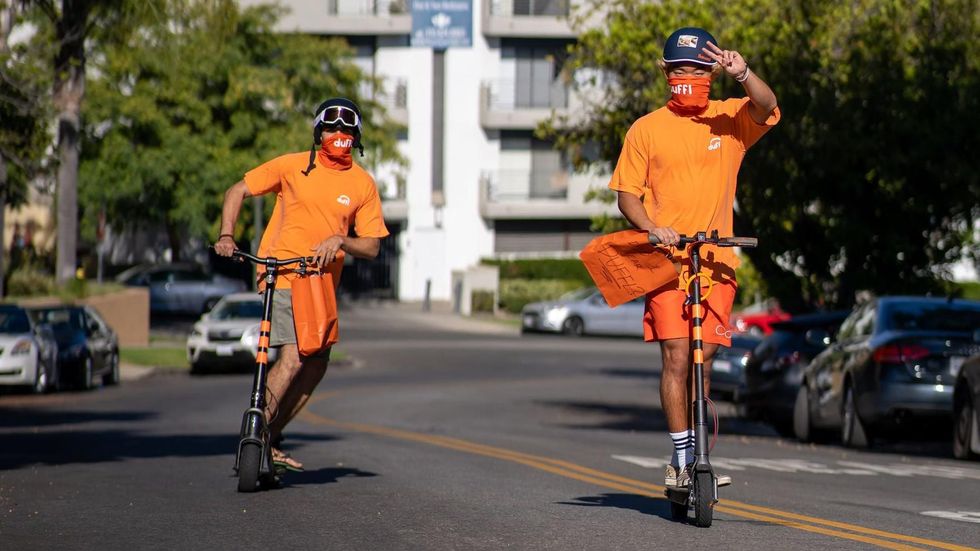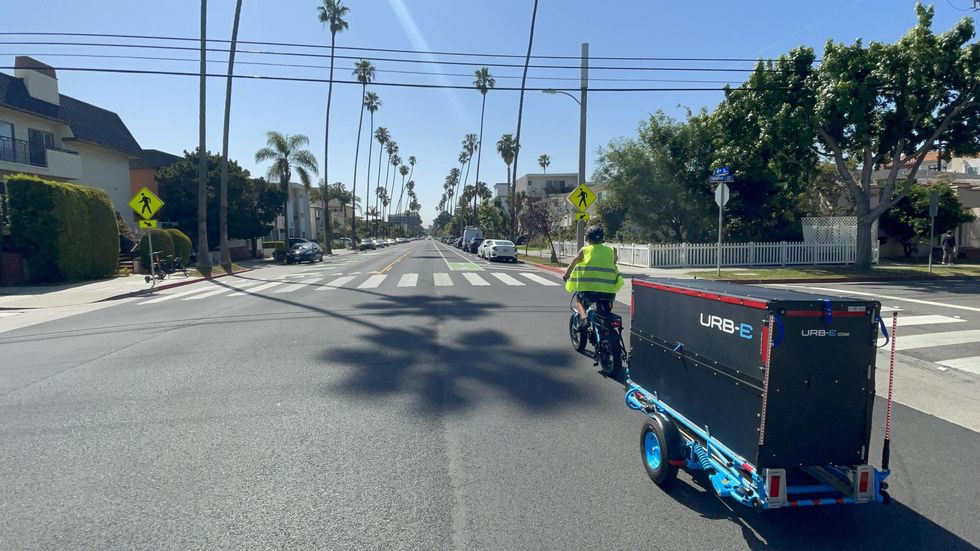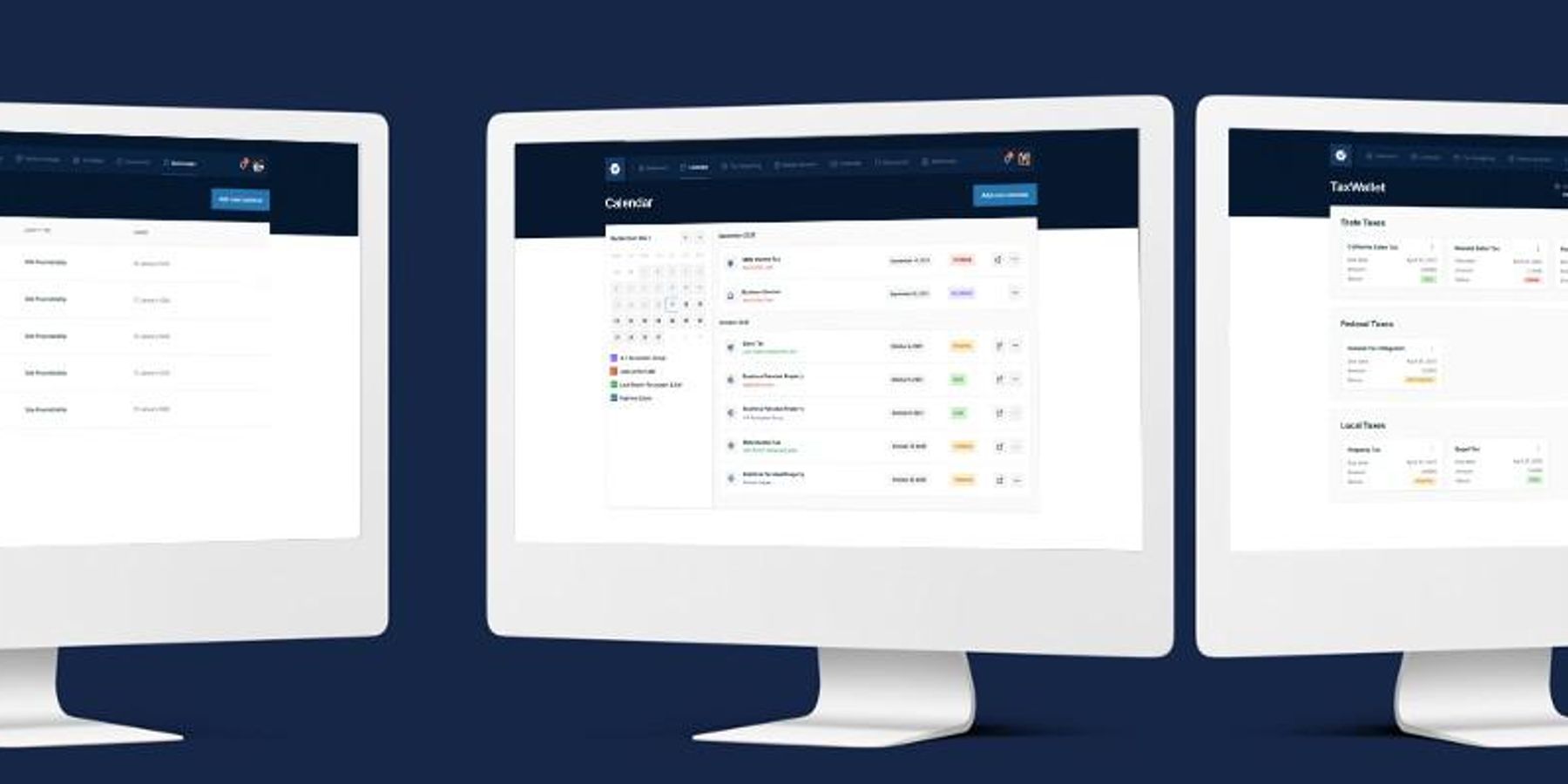

Get in the KNOW
on LA Startups & Tech
X
Photo by Paolo Feser on Unsplash
Rapid Delivery Apps in Los Angeles Are Facing a Reckoning
Samson Amore
Samson Amore is a reporter for dot.LA. He holds a degree in journalism from Emerson College. Send tips or pitches to samsonamore@dot.la and find him on Twitter @Samsonamore.
After a couple of years where pandemic lockdowns made lightning-fast, app-based delivery essential, the industry is facing a shakeout—and apps that promise delivery under 30 minutes are facing an existential crisis.
The so-called “dark store” model – which forgoes the traditional corner store for a sprawling warehouse that delivers through mobile apps – exploded during the pandemic. But many of those companies are now struggling to become profitable, largely because of rising overhead costs.
The Industry and the Challenges
At stake is a multi-billion industry aiming to deliver everything from groceries to convenience items and hot food, through bikes, cars, drones and even robots. Operating from a number of competing platforms, those companies saw sales more than double during the pandemic. Few experts see the industry disappearing entirely, but the sector is widely expected to shrink. The coming months and years will determine which model wins out.
Celia Van Wickel, senior director of digital commerce for analytics and brand consulting firm Kantar Group, told dot.LA she expects the bubble to burst—and soon, as venture firms become more discerning about their investments.
“Valuations are declining [and] money is not being forthcoming to rapid delivery companies,” Van Wickel said. Even as the economic climate becomes more challenging, some companies do have the chance to rise above the fray and gain market share – and satisfy investors – while others could be destined to go bust.
“[Investors] really want to see a profitable model, kind of akin to what we've seen in the dot-com era, where the bubble burst on ecommerce,” Van Wickel said. A lot of money was thrown into these new companies, they weren’t really profitable and then all of a sudden a lot of them collapsed.”
Some venture capital firms were “just investing to invest,” Van Wickel added, to see how the delivery market fared. She predicts they’ll soon become more judicious about who they fund. Burning cash without turning a profit isn’t going to be acceptable in the long term, she added.
Along with slackening consumer demand and less VC investment in the space, nearly every fast delivery company that relies on fulfillment centers, even Amazon, is going to face steep real estate, upkeep and staffing costs. Rapid delivery firms will need to spend big on real estate to operate fulfillment centers across cities that enable them to get to consumers fast.
Local startups Serve Robotics, URB-E, Kwibot and Duffl are trying to rise above the fray by delivering fast, to specific areas, with scooters or drones, but there’s no guarantee of success.

Philadelphia-based GoPuff, one of the largest new rapid delivery services to enter in Los Angeles alongside DoorDash, Instacart and Uber (which also offer convenience delivery in addition to food) depends on having quick access to warehouses throughout the region. It bought liquor store chain BevMo in a bid to gain access to lucrative (and hard- to- get) liquor licenses and warehouses. It aims to save money by installing micro-fulfillment centers “within almost every” BevMo store that can service deliveries, its CEO told the L.A.Times. Still, it laid off 10% of its workforce in July after cutting about 3% in March, and shut 76 warehouses. GoPuff originally had plans to go public in mid-2022 at a $15 million valuation, but shelved them.
But GoPuff is not alone. Instacart cut its valuation forecast by 38% in March citing “poor market conditions,” and international rapid delivery startups like Gorillas, Getir and Zapp have also cut staff recently.
The layoffs suggest that rapid growth may no longer be enough.
“The GoPuff CEO basically said, ‘hey, we were getting a lot of investments by just showing top line incremental growth,’ they were growing customers and growing markets and that was okay enough for investors in 2021,” Van Wickel told dot.LA. “But now they're being pressured to really look at how their company is profitable [and] they're being asked to do this very quickly, or their investment will not be forthcoming.”
GoPuff pointed dot.LA to a recent shareholder letter that said it is “already driving 76% [year-over-year] sales growth for the core business.”
“GoPuff is the only company in this space that has proven it can be profitable at a city and regional level,” co-founders Yakir Gola and Rafael Ilishayev wrote. “We are now targeting full company profitability in 2024 while maintaining a strong cash balance throughout.”

The Opportunity
Despite the headwinds, the rapid delivery industry “feels like it's here to stay,” said Alex Vasilkin, co-founder and CEO of Cartwheel, a Hollywood-based startup that makes delivery management software and recently raised a $3 million seed round in April.
“There’s all these dark kitchens opening, there are all these different startups popping up with drone delivery, and scooters delivery and hyperlocal, 15-minute delivery so I feel like there’s more options for customers and so far, we've seen it getting bigger and bigger,” Vasilkin said. Cartwheel works mainly with restaurants, but is looking to find “very big partners in mostly the alcohol space,” its co-founder Magdim Metshin told dot.LA.
The need for rapid delivery isn’t likely to disappear so long as people decide they need items fast and can’t make the trip themselves. The question is now “which companies can iron out their paths to profitability before they’re forced to go bankrupt?,” Van Wickel said.
“I think there's a balance between what the consumer wants and what behavior’s going to change,” she added. “To me, it's all about on-demand. So we're changing the model to an on-demand model… it’s changing the trip occasions out there from stocking up to more grab-and-go convenience models.”
Startups that seem poised to weather the storm are the ones that can control every aspect of the business – including supply, warehousing, distribution and, crucially, their apps. Usually, they’re seeking buyouts from larger companies that have existing infrastructure in place for this exact reason.
“I don’t think we have quite a winner yet; I think there’s [companies] that are more set up to win,” Van Wickel said, adding that it’s mostly “the companies that do have some cash on hand today to continue to iterate their business models.”
From Your Site Articles
- Los Angeles Delivery Apps News - dot.LA ›
- Duffl Delivery Service Brings Short Wait For Food - dot.LA ›
Related Articles Around the Web
Samson Amore
Samson Amore is a reporter for dot.LA. He holds a degree in journalism from Emerson College. Send tips or pitches to samsonamore@dot.la and find him on Twitter @Samsonamore.
https://twitter.com/samsonamore
samsonamore@dot.la
Techstars LA Alum ComplYant Wants to Ease Small Businesses’ Tax Pains
07:00 AM | February 08, 2022
Image courtesy of ComplYant
ComplYant, a fintech startup that rose out of accelerator Techstars’ Los Angeles program, has raised a $5.5 million seed funding round, the company told dot.LA.
While San Francisco-based venture capital firm Craft Ventures led the round, two notable L.A.-based VCs, Mucker Capital and Slauson and Co., also participated. Techstars—which helped launch ComplYant through its L.A. accelerator program last year—also chipped in.

ComplYant founder Shiloh Johnson.
Image courtesy of ComplYant
ComplYant sells software that helps small businesses manage taxes, licensing fees and annual reports. The L.A.-based startup, which was founded in 2019 by former accountant Shiloh Johnson, claims it already helps thousands of customers avoid more than $4 million in late fees and penalties annually.
Johnson initially bootstrapped ComplYant while running a tax practice during the daytime, the founder and CEO told dot.LA. As an accountant with no previous tech background, Johnson initially turned to coding instruction platform Codecademy to design ComplYant herself, before eventually recruiting a contractor to write the code.
“Solo founding is rough, I will be honest,” Johnson said. “What I lacked in engineering awareness, I made up for in subject matter expertise, so I could get away with hiring people to step in.”
In addition to Techstars, ComplYant also worked its way through L.A.-based accelerator Grid110’s inaugural South L.A. cohort in 2020. Johnson is one of the few Black women startup founders who raised more than $1 million in venture capital funding last year, according to Business Insider.
“Especially in L.A., I find that founders tend to come from the industry that they’re solving problems for,” Craft partner Michael Tam told dot.LA. “Shiloh is the epitome of that.”
From Your Site Articles
- BayaniPay Becomes a Neo-Bank With East West Bank - dot.LA ›
- Shiloh Johnson On Increasing Diversity: 'Don't Focus on It' - dot.LA ›
- Behind Her Empire: ComplYant's Shiloh Johnson On Taxes - dot.LA ›
- Techstars 2023 Health Care Accelerator Includes LA Startups - dot.LA ›
- Shiloh Johnson on Launching ComplYant From Home - dot.LA ›
- Howie Liu on Salesforce Inspiring Airtable and AI in Tech - dot.LA ›
Related Articles Around the Web
Read moreShow less
Harri Weber
Harri is dot.LA's senior finance reporter. She previously worked for Gizmodo, Fast Company, VentureBeat and Flipboard. Find her on Twitter and send tips on L.A. startups and venture capital to harrison@dot.la.
‘Pixar of the Internet’ Invisible Universe Raises $12M
06:00 AM | August 11, 2022
Photo courtesy of Invisible Universe
Invisible Universe, a self-described “Pixar of the internet,” has raised $12 million in Series A funding to build out its animated franchises.
Seven Seven Six, the venture capital firm of Reddit co-founder Alexis Ohanian, led the fundraising round. Cosmic Venture Partners, Dapper Labs and Spencer Rascoff’s 75 & Sunny participated in the raise, too. (Disclosure: Rascoff is co-founder and executive chairman of dot.LA.)
L.A.-based Invisible Universe partners with high-profile celebrities to create original animated characters that live on social media. Examples include Squeaky & Roy—the apparent long-lost toys of TikTok stars Charli and Dixie D’Amelio—as well as Qai Qai, a living doll that belongs to tennis legend Serena Williams’ daughter (Williams is married to Ohanian).
The animation studio posts videos of its characters on social platforms like TikTok, Twitter, Instagram and YouTube. Invisible Universe said it has more than 8.5 million followers across its accounts and an engagement rate above 10%.
By distributing intellectual property (IP) on social media, Invisible Universe aims to popularize its franchises on free platforms before commercializing them. The approach also allows the startup to share new content more frequently, instead of making fans wait months or years between new seasons or film installments, CEO Tricia Biggio told dot.LA.
When Invisible Universe does pitch its IP to streamers or toy companies, the startup can point to established fan bases to make its case, she said. After Qai Qai became a hit online, for example, the studio used the character’s IP to sell NFTs and develop a forthcoming children’s book authored by Williams, called “The Adventures of Qai Qai.” Invisible Universe is in the midst of shopping a series to streamers, but hasn’t closed a deal yet, she said.
“Most interestingly, we have tested the creative,” Biggio said. “I think for a studio or publisher—anyone that's agreeing to make an investment in your IP—for them to know that you've taken the time to test it and you've really built affinity through that, I think is a really powerful value proposition.”
Invisible Universe plans to use the fresh funds to launch more animated IP, expand to new platforms and further monetize its existing franchises. The company is also interested in delving into the world of Web3, a decentralized vision for the internet based on blockchain technology. This fall, Invisible Universe will launch a parody reality series on social media dubbed “The R3al Metaverse,” using characters based on popular NFT collections. The startup bought three NFTs and secured licenses for two more that fit well with the story, Biggio previously told dot.LA.
Seven Seven Six Co-founder Katelin Holloway, a former Reddit exec, likened Invisible Universe to Disney’s Pixar, where she served as a script supervisor. Holloway, an Invisible Universe board member, noted that popular IP is driving growth, audience retention and franchise expansions for entertainment companies.
“I saw the Pixar magic up close,” she said in a statement. “And [Invisible Universe] is building the same kind of unforgettable IP with an innovative approach that reduces both time and capital while embracing audience feedback.”
From Your Site Articles
- Invisible Universe Inspires Serena Williams' First Book - dot.LA ›
- Invisible Universe's Tricia Biggio on Animation for Social Media - dot ... ›
- Invisible Universe's Plan to Bring Animation to Social Media - dot.LA ›
- NFT Show ‘The R3al Metaverse' Launches Via Invisible Universe - dot.LA ›
Related Articles Around the Web
Read moreShow less
Christian Hetrick
Christian Hetrick is dot.LA's Entertainment Tech Reporter. He was formerly a business reporter for the Philadelphia Inquirer and reported on New Jersey politics for the Observer and the Press of Atlantic City.
RELATEDTRENDING
LA TECH JOBS


